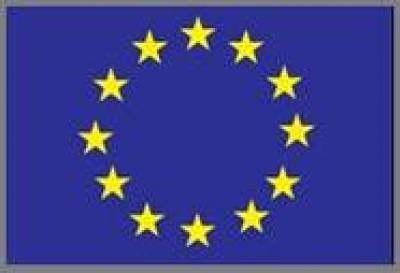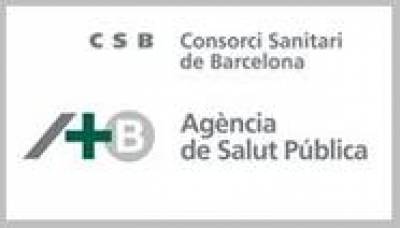
Stockholm is the capital and the largest city in Sweden, situated on the South-central coast of the Baltic Sea by Lake Mälaren. The city is built on 14 islands in the Stockholm archipelago in Riddarfjärden Bay. Over 30% of Stockholm consists of waterways and a further 30% is made up of green spaces. In 2005, Stockholm was home to 1,889,945 (Men: 928,361 l Women: 961,584) inhabitants, spread across 1516.9 km squared, resulting in a population density of 5428.5 inhabitants per km squared.
Stockholm has a relatively high proportion of youth, with
18% of the city population aged 14 years or younger. The city also has a high level of
immigration, as almost one-quarter of the city's population are
immigrants. Compared to other major
cities of Europe, Stockholm has a low unemployment rate: 6.1% for men and 4.7% for
women. Almost half (45%) of those in
work are employed in the service sector. The remainder of those employed work in public, personal and cultural
services (42%), primary industries (7%) and construction (6%).
- City Profile
-
Stockholm has a specific demographic profile, defined by a low unemployment rate and a high proportion of immigrants. Demographic figures from 2005 collected by Statistisk Årsbok for Stockholm are shown below:
- Population aged 0 - 14: 18%
- Population aged 65 and older: 14.1%
- Male population aged 16 - 64 in the labour market: 77.8%
- Female population aged 16 - 64 in the labour market: 76.1%
- Male unemployment: 6.1%
- Female unemployment: 4.7%
- Immigrant population: 24.3%
- Methods
-
Socio-economic and mortality analyses were conducted at a small area-level within each city. The maps of Stockholm represent 1,172 basområdes or small areas created from former Census Tracts. Population data from 2000 - 2007 was used to obtain the population size per basområde. The INEQ-CITIES research of Stockholm is based on these figures.
The table below shows the estimated population size per basområde by first, second (median) and third quartiles, based on population figures from 2004.
Population Size per Small Area, Stockholm Men Women First Quartile
240 238 Median 590 608 Third Quartile
1,065 1,114 - Socio-Economic Indicator Maps
-
Social inequalities were examined using markers of deprivation to assess geographical segregation according to socio-economic characteristics. Find out more about socio-economic inequalities within Stockholm by viewing area-level maps of Socio-Economic Indicators of:
Area-level maps of manual workers are not available for Stockholm.
- Mortality Maps
-
Mortality ratios were examined for all-cause mortality and disease-specific mortality, separately for men and women. Find out more about health inequalities within Stockholm by viewing area-level maps of:
- Resources
-
For further information about health inequality and the INEQ-CITIES research conducted in Stockholm, please go to:

 Close
Close





